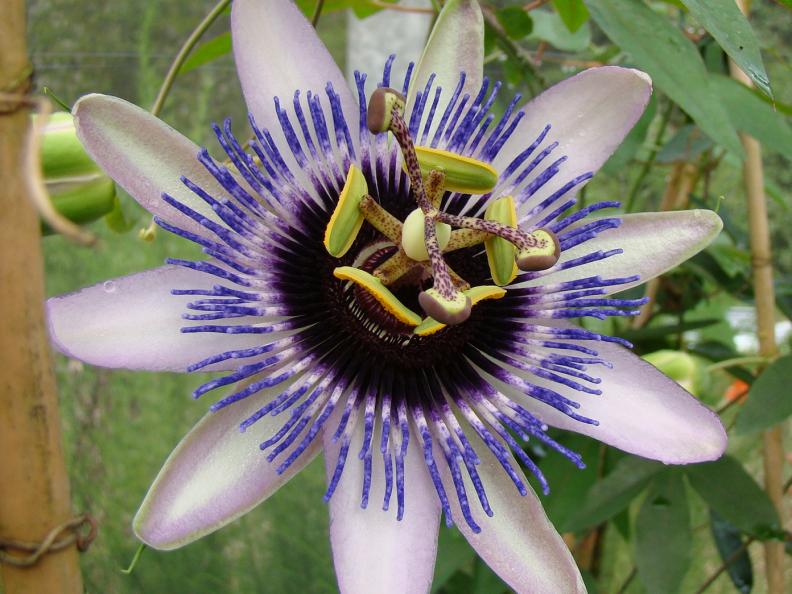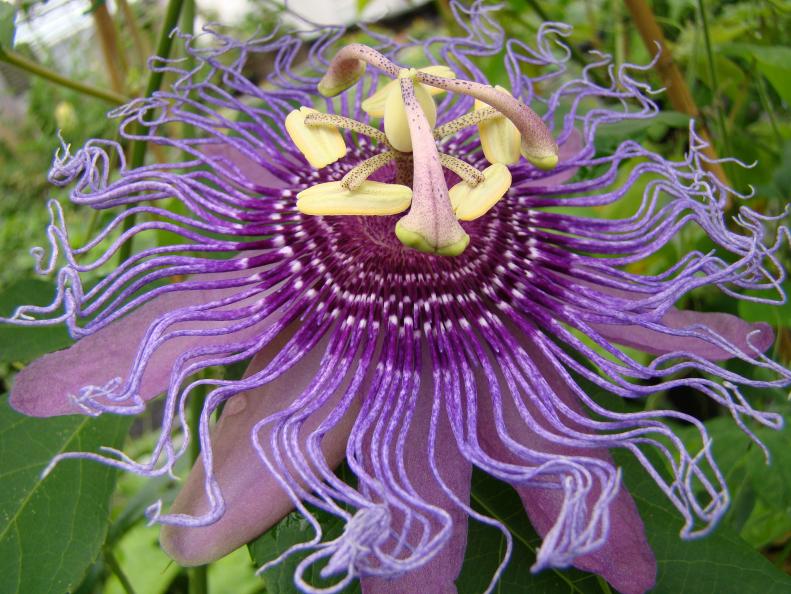1 / 13
Photo: Courtesy of Brushwood Nursery / GardenVines.com
Passiflora 'Silly Cow'
Who could resist a passionflower with a name like 'Silly Cow' This RIVERSIDE hybrid® has an eye-catching "skirt" of dark purple filaments over light petals. The vines are evergreen in zones 8 to 11 and reach 10 to 20 feet.









